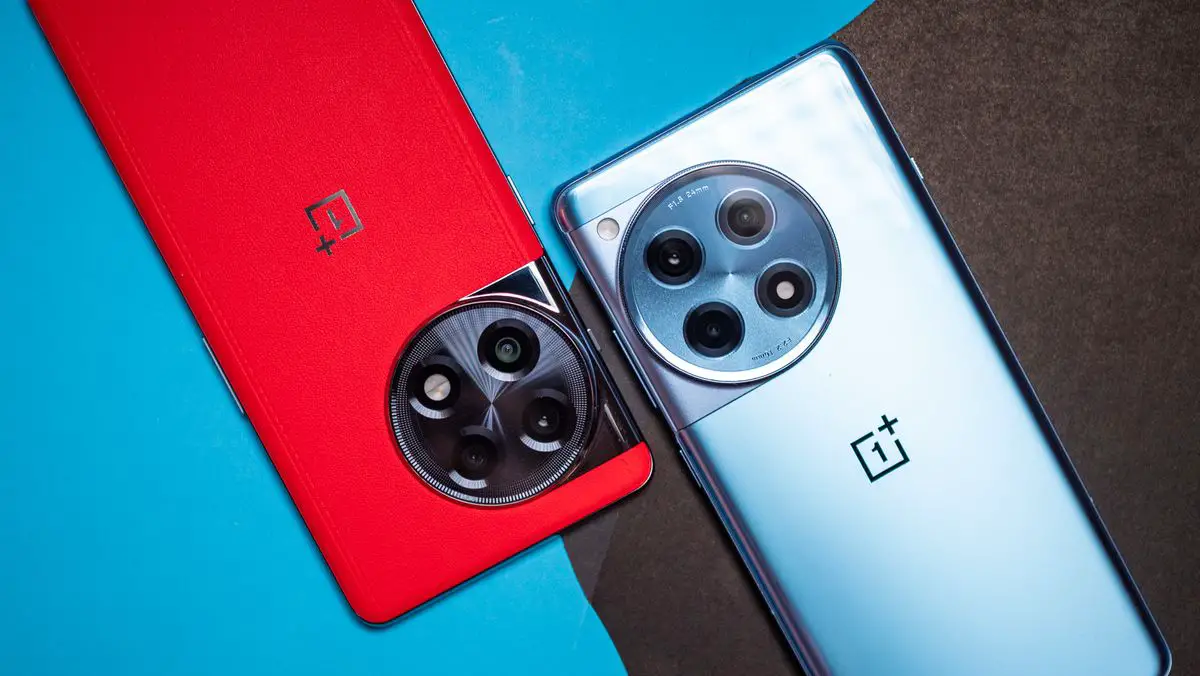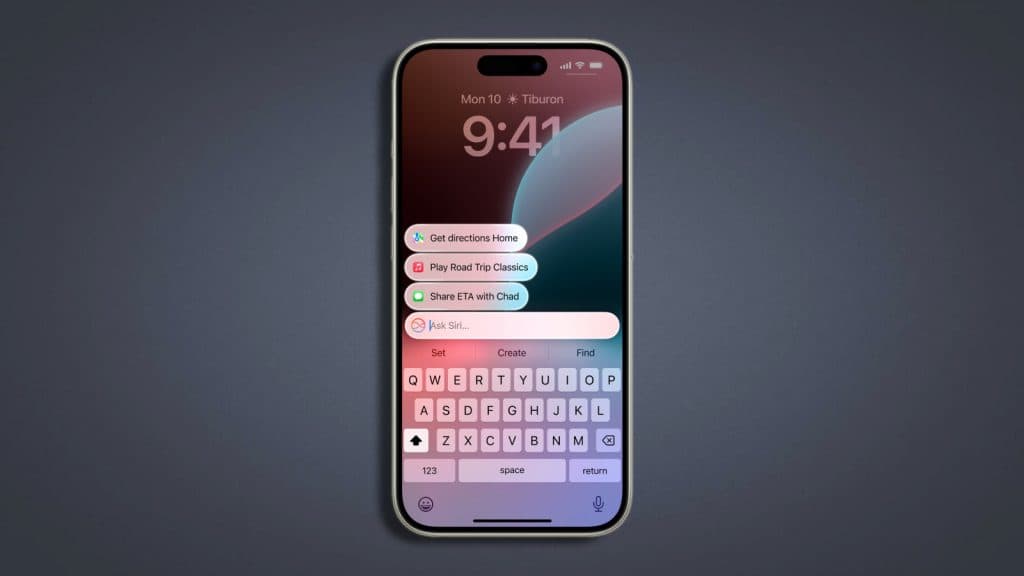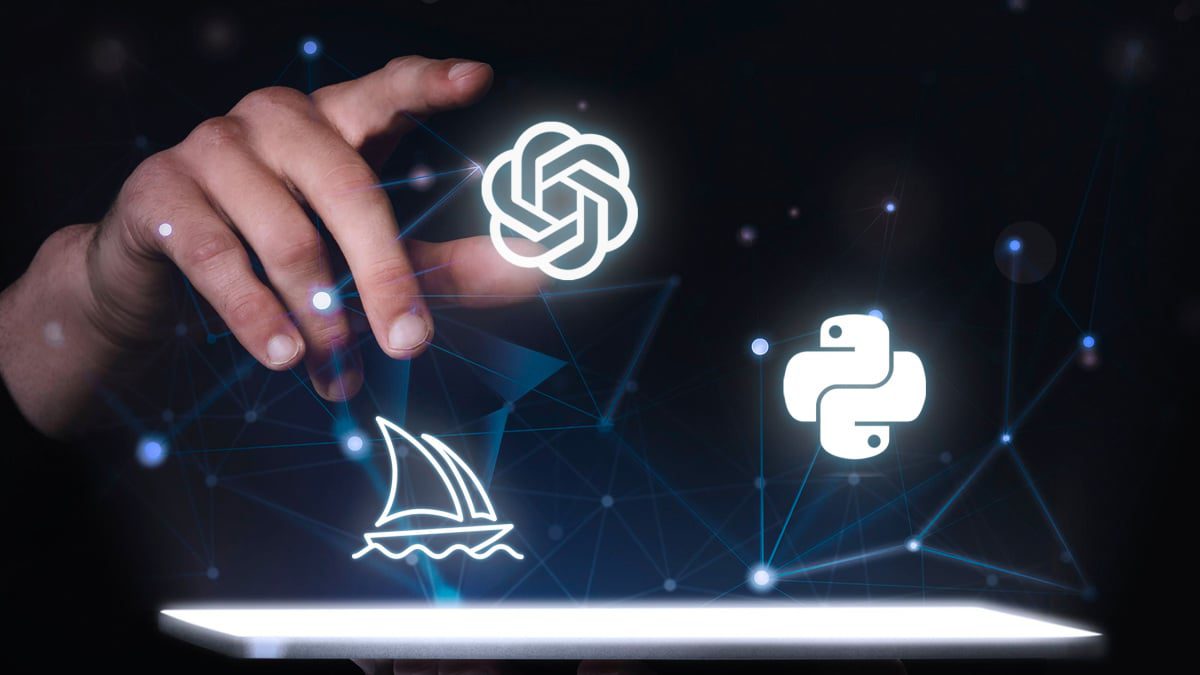OnePlus president examines Samsung and Google’s seven-year update promise
What do you want to know A company executive explained why the OnePlus 12 won’t receive a software update every seven years, unlike the latest flagships from Google and Samsung. Kinder Liu, president of OnePlus, stressed that it is crucial to prioritize the overall user experience, suggesting that longer software support alone does not guarantee […]

What do you want to know
- A company executive explained why the OnePlus 12 won’t receive a software update every seven years, unlike the latest flagships from Google and Samsung.
- Kinder Liu, president of OnePlus, stressed that it is crucial to prioritize the overall user experience, suggesting that longer software support alone does not guarantee a better user experience if the hardware is not enough.
- Liu compared a smartphone to a sandwich, suggesting that extensive software support doesn’t matter if the overall user experience turns sour.
A OnePlus executive explained why the OnePlus 12 won’t receive a seven-year software update, like Google and Samsung did for their latest flagships.
Kinder Liu, President and COO of OnePlus, said Tom’s guide that obsessing over software updates isn’t essential if it means sacrificing the overall user experience. According to him, simply having longer software support does not guarantee a better user experience if other aspects such as hardware or design are not up to par.
In the smartphone space, only two major players currently offer the longest software updates for their high-end Android phones: Samsung and Google. Both companies are going all out with seven years of Android updates for the Galaxy S24 series and the Pixel 8 duo. Meanwhile, OnePlus takes the silver medal with a four-year update policy, providing for a additional year for security updates.
Liu said seven years of Android updates “completely miss the point.” According to him, it is not just about accumulating years; your phone’s user experience should remain smooth throughout. In simpler terms, the phone needs to age like fine wine for these updates to really make a difference.
He compared a smartphone to a sandwich. “Some manufacturers are now saying that the filling on their sandwich – the software on their phone – will still be good to eat in seven years,” Liu said. “But what they don’t tell you is that the bread in the sandwich, the user experience, might be moldy after four years. So a seven-year software update policy is no longer relevant. matter because the rest of your experience with the phone is terrible.”
Liu added that OnePlus partnered with TÜV SUD to put the OnePlus 12 and OnePlus 12R through extensive testing, simulating years of wear and tear. After analyzing the numbers, OnePlus decided to guarantee “fast and smooth” performance for four years.
The executive also highlighted the potential battery degradation a phone could experience after seven years of non-stop use. “When our competitors say their software policy will last seven years, remember that their phone battery may not,” he added.
In the high-end realm of Android smartphones, a new showdown is brewing over how long manufacturers commit to supporting software updates. Traditionally, Android phones have lagged behind iPhones on this front, but that’s changing with Samsung and Google now committing to longer updates.
It’s a win for consumers, as long as the hardware plays the game. Essentially, it’s time for smartphone design to catch up on expanded software support.
The OnePlus 12, the latest flagship in the lineup, offers top-notch features without breaking the bank. It may not match the AI integration or longer software support of the Samsung Galaxy S24, but it offers an incredibly bright screen, impressive cameras, and a focus on high-performance mobile gaming.














